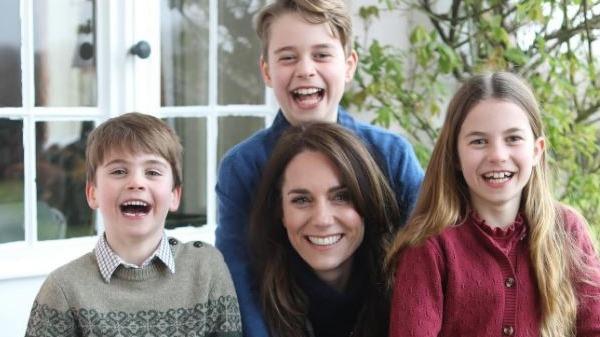- Click to share on Facebook (Opens in a new window)
- Click to share on Twitter (Opens in a new window)
- Click here to share on LinkedIn (Opens in a new window)
- Click to email a friend (Opens in a new window)
New York (CNN Business) - Larry Tesler, a pioneer of personal computing accredited with the creation of the functions of cut, copy and paste 'cut / copy / paste', as well as search and replace (search / replace), has dead. He was 74 years old.
Tesler was not as well known as other computer giants like Bill Gates or Steve Jobs. But it played an early central role in making computers accessible to people without computer engineering degrees, that is, most of us.
Xerox (XRX), the company for which he developed the functions, tweeted the news of his death. “Your workday is easier thanks to their revolutionary ideas,” said the company's tweet.
The inventor of cut / copy & paste, find & replace, and more was former Xerox researcher Larry Tesler. Your workday is easier thanks to his revolutionary ideas. Larry passed away Monday, so please join us in celebrating him. Photo credit: Yahoo CC-By-2.0 https://t.co/MXijSIMgoA pic.twitter.com/kXfLFuOlon
- Xerox (@Xerox) February 19, 2020
The functions of cutting, copying and pasting and searching and replacing are used millions of times a day without users thinking twice about how they were developed or by whom.
But before Tesler's work, computer users had to interact with clumsy programs in different "modes," where the same commands meant different things depending on how they were used. Even an expert like Tesler discovered that that was a problem.
"Most interactive programs had modes, which always made me stumble," he wrote in a 2012 article on the development of copying, cutting and pasting. Tesler became an advocate for the elimination of computer program modes. His personal website was nomodes.com.
The removal of modes opened the door to how computer users have interacted with personal computers for the past 40 years. Much of that work was done not in one of today's technology giants, but in a computer lab in Xerox.
Today, most people know Xerox only as a manufacturer of copiers, but at its peak, the company developed much of the technology that led to the personal computer: the mouse, a graphical user interface that allowed more than lines of text on a screen. The work was done at the company's Xerox Palo Alto Research Center based in the company's Silicon Valley, or Xerox PARC.
Tesler was at the center of those efforts, and is credited with coining the terms "user friendly interface" and "browser" during his time at Xerox.
When Jobs visited Xerox PARC in 1979, he met with Tesler. "You are sitting in a gold mine!" Jobs told Tesler later. “Why aren't you doing something with this technology? You could change the world! ”
Jobs was right: Xerox was not taking advantage of the fundamental research that was being conducted in Xerox Parc. Then, Apple became the first to make extensive use of the graphical user interface, as well as the mouse and other features. Tesler left Xerox to go to Apple in 1980, where he assumed the position of vice president and chief scientist.
While there, he helped design the Macintosh, QuickTime and Lisa computer, one of the first personal computers to use a graphical user interface. It was Lisa who popularized the now known shortcuts to copy, paste and undo. (C to copy, V to paste and Z to undo).
"I was mistakenly identified as the 'father of the graphical user interface for Macintosh'," Tesler wrote on his website. “I was not. However, a paternity test could expose me as one of his many grandparents. ”
Tesler stayed at Apple until 1997. In 2001 he joined Amazon, where he served as vice president of shopping experience. He then went to Yahoo in 2005, where he was vice president of user experience and design. He was granted numerous patents while working in those companies.
Until his death, Tesler served as a consultant for companies such as Western Union and the Evernote note-taking application on how to improve your user experience on desktop computers and mobile devices. He dedicated himself to innovate, simplify, improve.
"As is my personality, if I ever hear someone say that something is impossible or extremely difficult, almost impossible, it is a challenge and I always try to do it," he said in an interview at the Silicon Valley Computer History Museum in 2013
One thing he never got over: his hatred of ways. He drove through California with the personalized “NOMODES” plate (No Modes).










/cloudfront-eu-central-1.images.arcpublishing.com/prisa/2C5HI6YHNFHDLJSBNWHOIAS2AE.jpeg)




